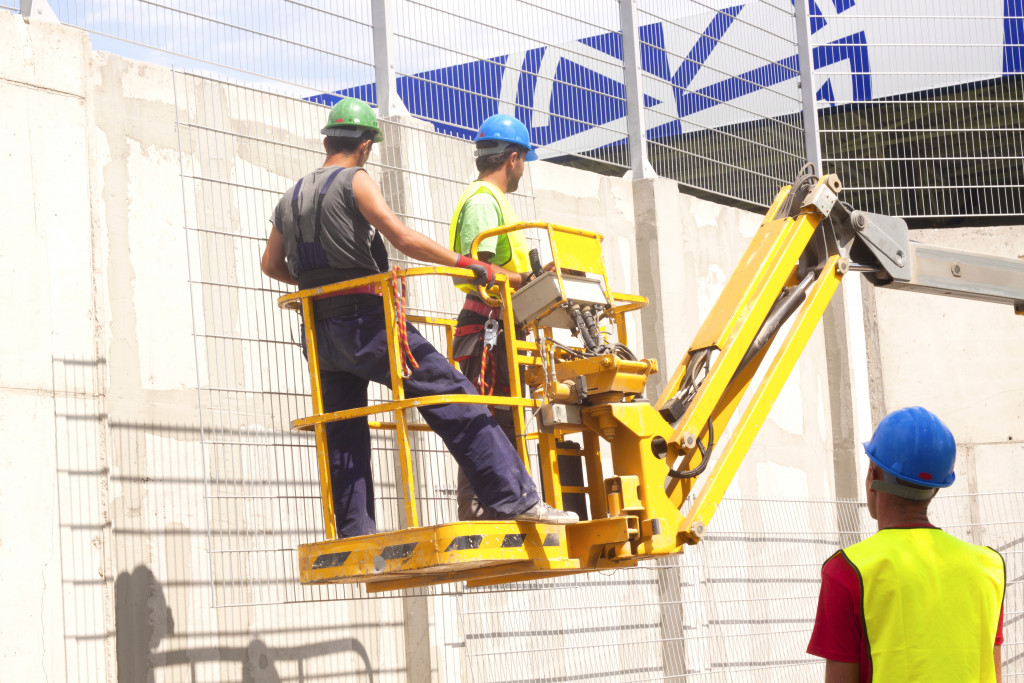As cities grow, the need for new transportation infrastructure has increased. One solution that is becoming more popular is the construction of underwater tunnels. While this may seem daunting, many challenges must be overcome to make it a reality. This article will explore six challenges and how they are being addressed.
Soil Conditions
One of the first challenges that must be considered when constructing an underwater tunnel is the type of soil in which it will be built. The soil conditions will have a direct impact on the design and construction of the tunnel. In some cases, the soil may be too soft to support the weight of the tunnel. In other cases, the soil may be too hard to excavate properly.
To overcome this challenge, engineers must first conduct a thorough investigation of the soil conditions. This will allow them to determine the best way to proceed with the construction. In some cases, it may be necessary to use special equipment or techniques to excavate the tunnel.
Accumulated Waste
Waste has become a part of the water bodies now. Only a few rivers or oceans are left without significant waste, including plastic, cans, bottles, garbage, etc. To build a tunnel, engineers first must overcome this problem by removing all the waste accumulated at and near the construction site.
One of the best and easiest ways to remove waste is by using a dredging boat. A robust dredging boat can help you remove all the waste around the construction site to build your tunnel without any hassle. If you get too many such construction projects, it is best to buy a dredging boat. You can use these dredging boats to remove waste from the water bodies. Additionally, you can also use them to send or retrieve construction materials.
Tides and Currents
Another challenge to be considered when constructing an underwater tunnel is the tides and currents. The tides and currents can have a significant impact on the construction process. In some cases, they may even cause the tunnel to collapse.
Engineers must consider the tides and currents when designing the tunnel to overcome this challenge. They must also consider the effects of the tides and currents on the construction process.

Environmental Concerns
Building tunnels underwater is no small feat. In addition to the challenges of working underwater, construction crews must also contend with various environmental concerns.
One of the most significant challenges is preventing or minimizing pollution during construction. To do this, construction crews must take care to use non-toxic materials and properly dispose of any waste generated by the tunneling process. Otherwise, pollutants could enter the water and damage delicate marine ecosystems.
Another environmental concern is the potential for noise pollution. The intense sound of construction equipment can disturb marine life and disrupt the natural balance of underwater habitats. To minimize these effects, construction crews typically work during designated quiet periods when marine life is less active.
Despite these challenges, underwater tunnels have been successfully constructed worldwide and continue to play a crucial role in our global transportation network.
Cost
The construction of underwater tunnels is a complex and challenging engineering feat. In addition to the difficulties posed by the underwater environment, some logistical and financial challenges must be overcome. One of the biggest challenges is the cost.
Traditional tunnel-building methods are simply not designed for underwater use, often leading to significant cost overruns. Another challenge is the risk of flooding. Any breach in the tunnel walls could result in a catastrophic flood, which would damage the tunnel and endanger the lives of many workers inside.
As a result, the construction of underwater tunnels is an undertaking that should only be undertaken by an experienced and well-funded team of engineers.
Schedule
Due to the inherent risks and challenges involved in the construction of underwater tunnels, it is not unusual for projects to experience significant delays. In some cases, construction crews may encounter unexpected obstacles, such as hidden rocks or pockets of gas. In other cases, bad weather can cause delays.
For example, strong currents or high waves can make it impossible to work, and storms can damage the tunnel walls. To avoid these delays, it is essential to have a well-planned construction schedule that considers the possibility of unexpected obstacles and bad weather.
The construction of an underwater tunnel can be daunting, but many challenges must be overcome to make it a reality. This article has explored six challenges and how they are being addressed. With proper planning and execution, it is possible to construct an underwater tunnel that will stand the test of time.


